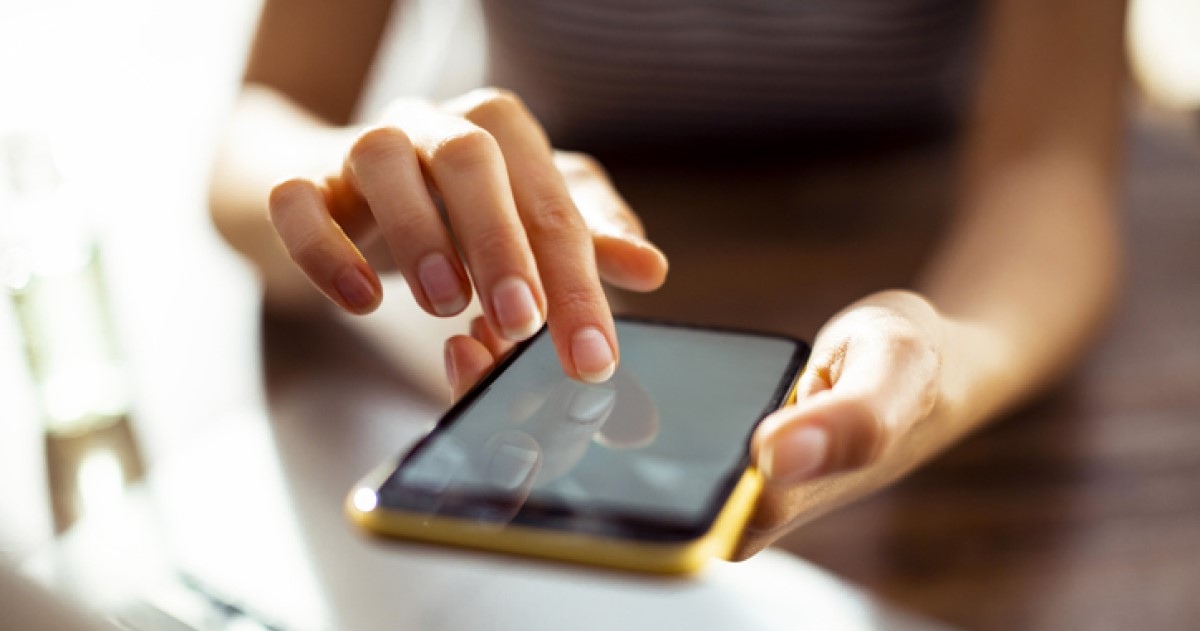
@ShahidNShah


QR codes designed to improve data transfer can entice healthcare data breaches. Sharat Potharaju of Beaconstac shares advice on how to safely bolster data security while providing patients the ease of mobile access. Protected health data may be exposed through QR codes that are intended to simplify processes like picture file transfers because mobile devices are typically security weak points for organisations. A fake QR code that takes people to a comparable website where patient and personal data can be captured can be used to replace a real QR code by skilled cybercriminals. Additionally, they can "quish" embed counterfeit QR codes into emails that appear to be legitimate by using email. Sharat Potharaju, co-founder and CEO of Beaconstac, a company that provides a platform for QR codes, was contacted by Healthcare IT News to comment on why matrix barcodes are attractive to cybercriminals and how healthcare organisations may prevent patient data from being stolen in a QR code exploit.
Continue reading at healthcareitnews.com
That's just one of the findings from new Accenture research showing how the algorithms behind apps like ChatGPT could fundamentally transform healthcare processes and clinical workflows. The future of …
Posted May 12, 2023 Clinical Workflows Artificial Intelligence
Connecting innovation decision makers to authoritative information, institutions, people and insights.
Medigy accurately delivers healthcare and technology information, news and insight from around the world.
Medigy surfaces the world's best crowdsourced health tech offerings with social interactions and peer reviews.
© 2025 Netspective Foundation, Inc. All Rights Reserved.
Built on Apr 17, 2025 at 6:07am